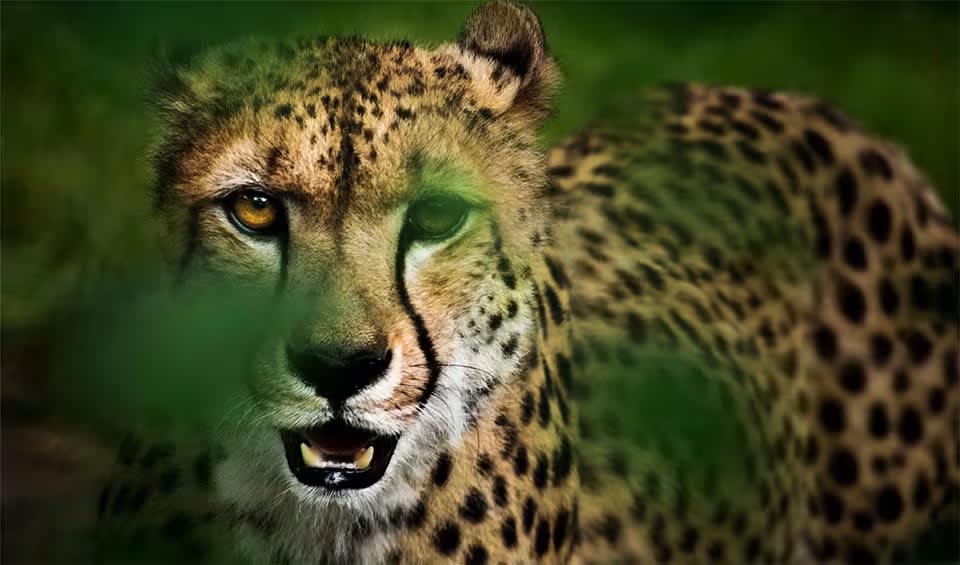Small, shy birds that live close to the ground and tend to stay out of sight. Although they are often heard through their distinct calls echoing across the rugged slopes they call home, it can be quite tricky to see them. Part of what makes them special is their amazing ability to fly up to around three thousand meters (about 9,800 feet) above sea level. This remarkable climb sets them apart from many other birds, proving that size does not always determine how high a bird can go.
A key feature that makes Mountain quails easy to recognize is the pair of tall plumes on top of their heads, which look a bit like a fancy top knot. These plumes have their own way of showing the birds’ mood or level of activity. When a Mountain quail is calm, the plumes slant backward, almost touching the bird’s neck. However, if the quail becomes excited or senses something interesting, the plumes stand upright like an exclamation mark.
In addition to their hidden lifestyle, Mountain quails spend much of their time foraging for seeds, small insects, and other plant-based foods. Their well-camouflaged feathers blend in with the earthy tones of their environment, helping them stay protected from predators. Because they prefer dense, brushy places, hikers or nature enthusiasts who wish to spot them usually have to wait quietly, hoping to see the tall plumes bobbing along the forest floor.
Distribution
 Canada
Canada Mexico
Mexico United States
United StatesAnything we've missed?
Help us improve this page by suggesting edits. Glory never dies!
Suggest an editGet to know me
Terrestrial / Aquatic
Altricial / Precocial
Polygamous / Monogamous
Dimorphic (size) / Monomorphic
Active: Diurnal / Nocturnal
Social behavior: Solitary / Pack / Herd / Flock
Diet: Carnivore / Herbivore / Omnivore / Piscivorous / Insectivore
Migratory: Yes / No
Domesticated: Yes / No
Dangerous: Yes / No




